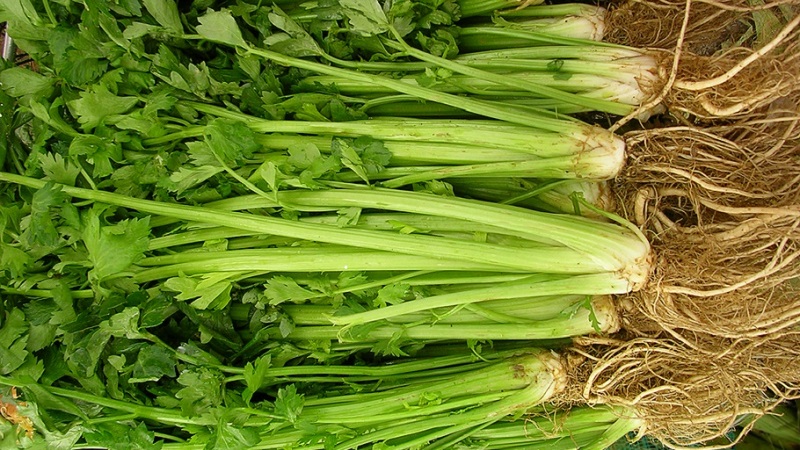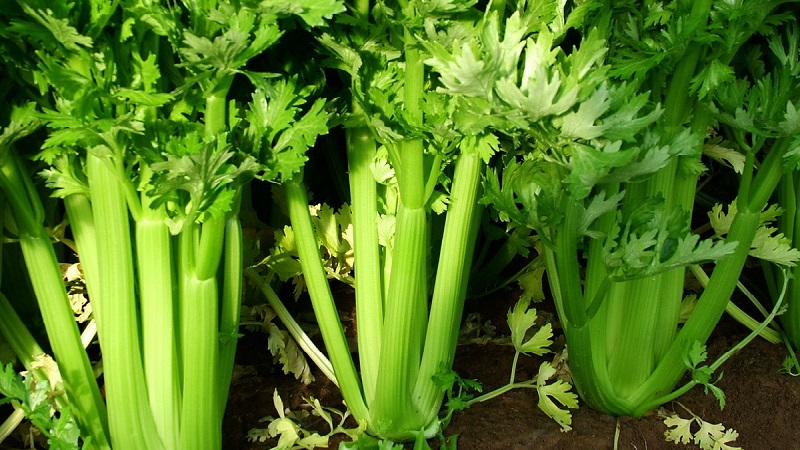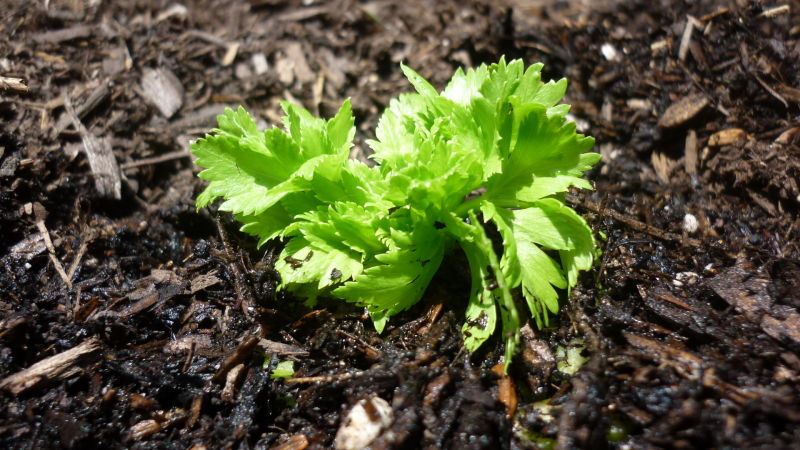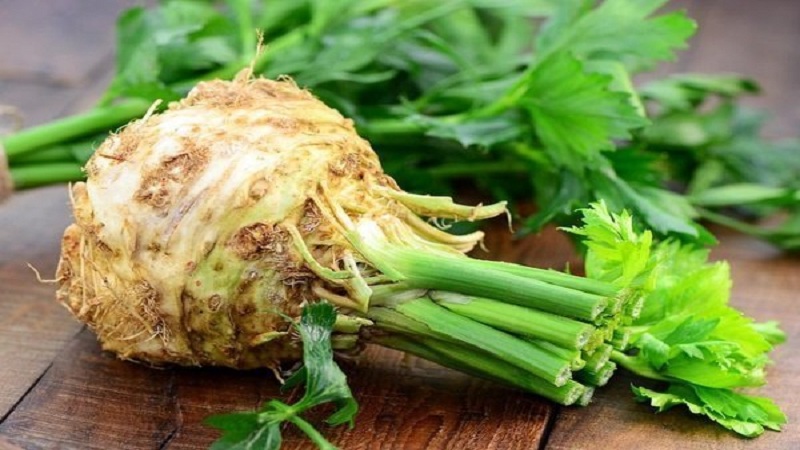What is celery: perennial or annual plant, description, characteristics, benefits and harms
To be healthy, have a good sleep and find peace, it is not at all necessary to purchase expensive drugs. This will help a natural healer - the vegetable culture of celery. Not only the leaves are edible, but also the stem and root. In this article, you will learn whether or not leafy celery is a perennial plant, how it is useful and how it is used.
The content of the article
What is this vegetable

This is a garden plant of the umbrella family. Its root and leaves are eaten as a condiment. It contains a huge amount of vitamins, amino acids and trace elements. It is also rich in fiber and contains essential oils.
When used celery the tone of the body increases. Thanks to its beneficial properties, it eliminates drowsiness, accelerates the elimination of toxins from the body. Most often, celery is added to the menu of numerous diets due to its low calorie content - 12 kcal per 100 g. It is also very popular in folk medicine: it normalizes blood pressure, has a diuretic effect, and increases the level of hemoglobin in the blood.
However, it should not be added to the diet if:
- ulcer;
- gastritis;
- hemorrhoids;
- pregnancy;
- lactation.
It is not recommended to consume the vegetable raw before bed.
Celery is a perennial or annual plant

It is a biennial or perennial medium-sized vegetable (up to 1 m in height) with a thickened root. Its fruits are round in shape with five threadlike ribs on each half. The plant is grown from seeds and ready-made seedlings. All types of celery prefer moist soil.
There are three varieties:
- sheet;
- petiolate;
- root.
Sheet

Leafy celery is an annual plant. His root much thinner than others, and the leaves are visually similar to parsley. They contain oxalic and chlorogenic acids, vitamins B and E, essential oils, minerals, a large amount of vitamin C, which is necessary for immunity and vascular health. 100 g of celery is the daily norm of vitamins A and C.
The leaves are dried for the winter, consumed as juice and smoothies, bake pies, freeze, add when preserving.
Celery leaf is added to the diet for weight loss. It is very popular in medicine: with male impotence, low hemoglobin and low blood pressure, atherosclerosis. It is also taken for stress and insomnia instead of sedatives.
Attention! When consumed daily, celery increases the acidity of gastric juice and causes gastritis.
Petiolate

It is a biennial plant growing to 1 m in height. Root vegetables contain protein, potassium, ascorbic acid, vitamins B1, B2, PP, carotene and essential oils.
In stalked celery, all parts are edible. They have a pungent odor and a bittersweet taste. The vegetable is used raw, boiled or baked. As a rule, first and second courses, juices, sauces, seasonings, etc. are prepared from it. It is also used for weight loss.
Celery stalk it is recommended to add instead of salt, for renal diseases and osteoporosis. It is also used as a diuretic, mild antidepressant and sleeping pill.
Important! It is recommended to eat celery raw. During heat treatment, its useful properties are lost.
Root

Root celery has large, bright green leaves. It blooms from June, and the fruits ripen at the end of August.
Root celery is a biennial plant. Known as a spice for meat dishes. It is also eaten as an independent vegetable.They are used for preparing first and second courses, juices and drinks.
- cleanses and rejuvenates the body;
- improves the condition of hair and skin;
- prevents colds and viral diseases;
- participates in the process of blood clotting;
- lowers blood pressure;
- improves metabolism in the body;
- has a beneficial effect on the nervous system;
- improves attention, memory and strengthens the immune system;
- removes toxins and toxins from the body;
- used as a laxative and diuretic.
When buying celery root, pay attention to its skin. It should have a flat and smooth surface. Otherwise, the vegetable will be tough.
Conclusion
Celery contains a huge amount of vitamins and minerals. It is introduced into the diet for diets, stress, insomnia, as well as numerous diseases. Eating culture, you not only enrich your body with useful substances, but also cleanse it of toxins and toxins.